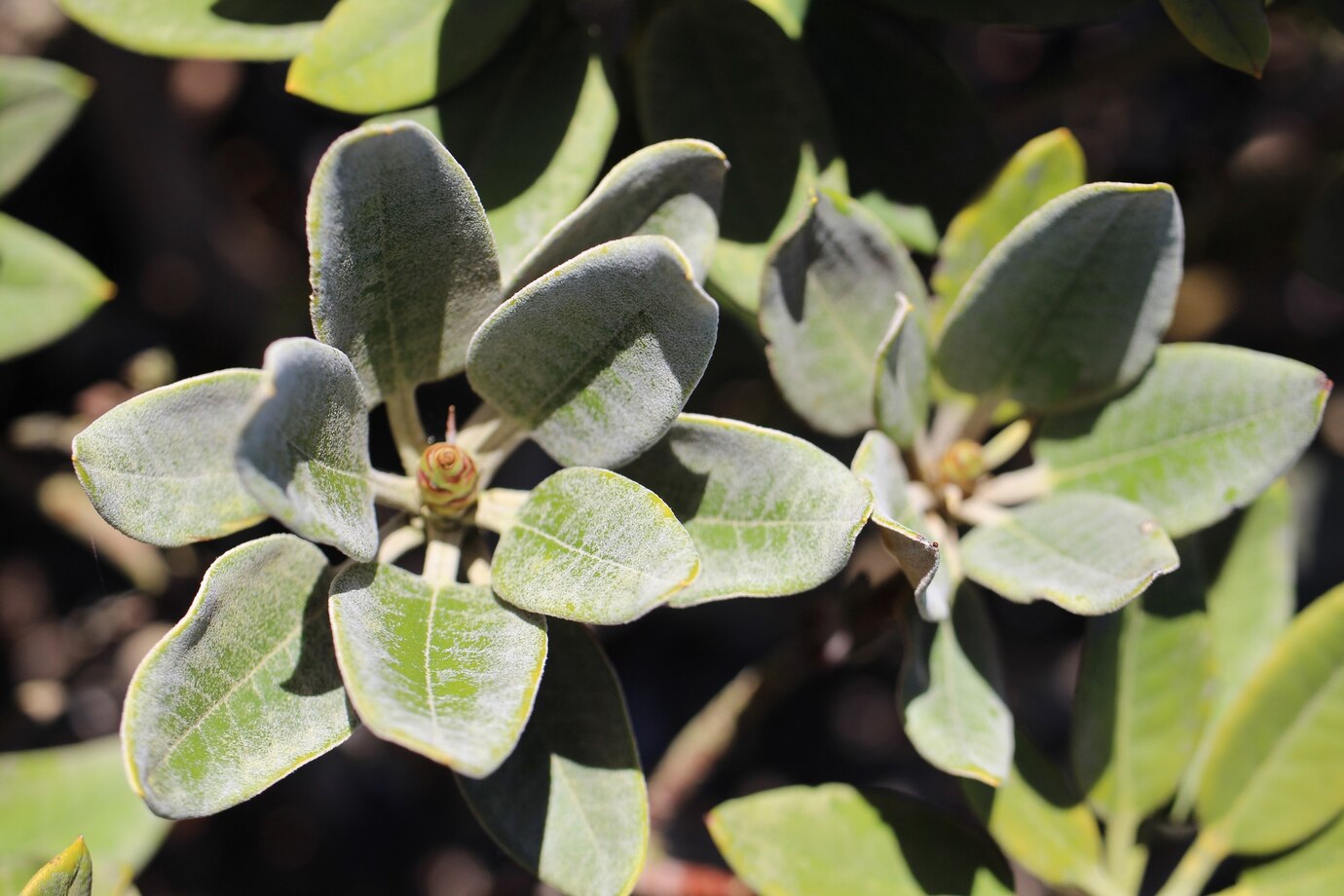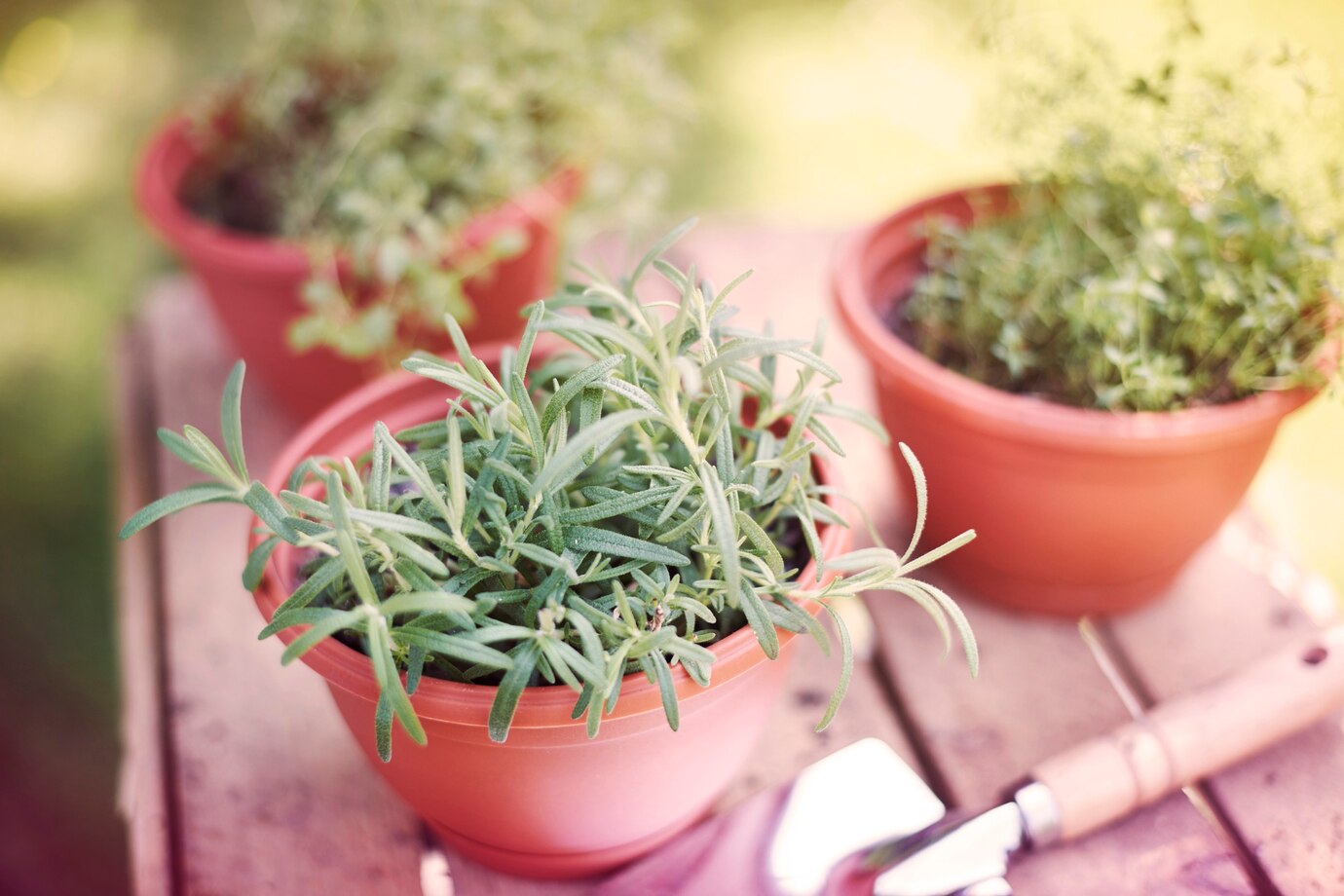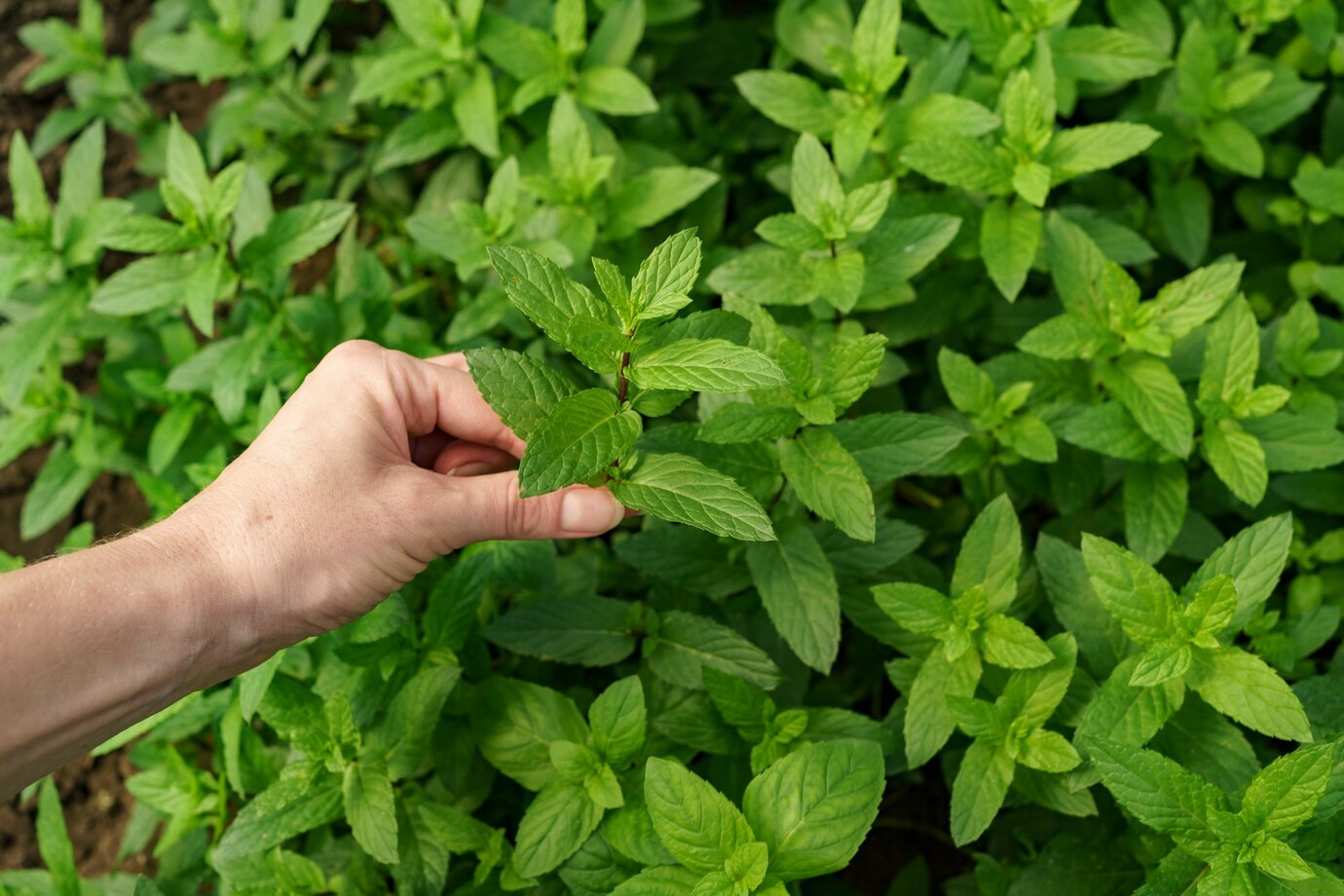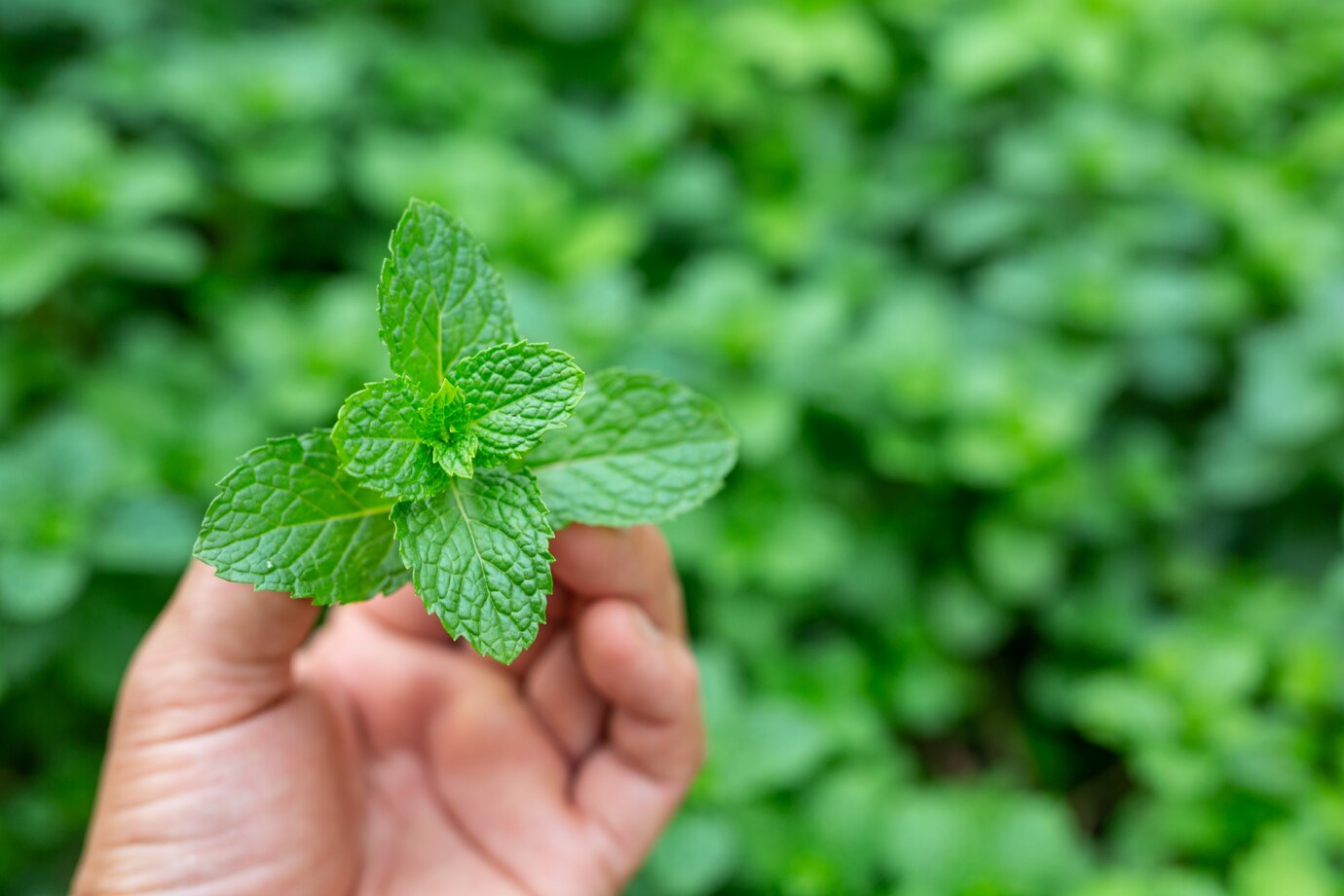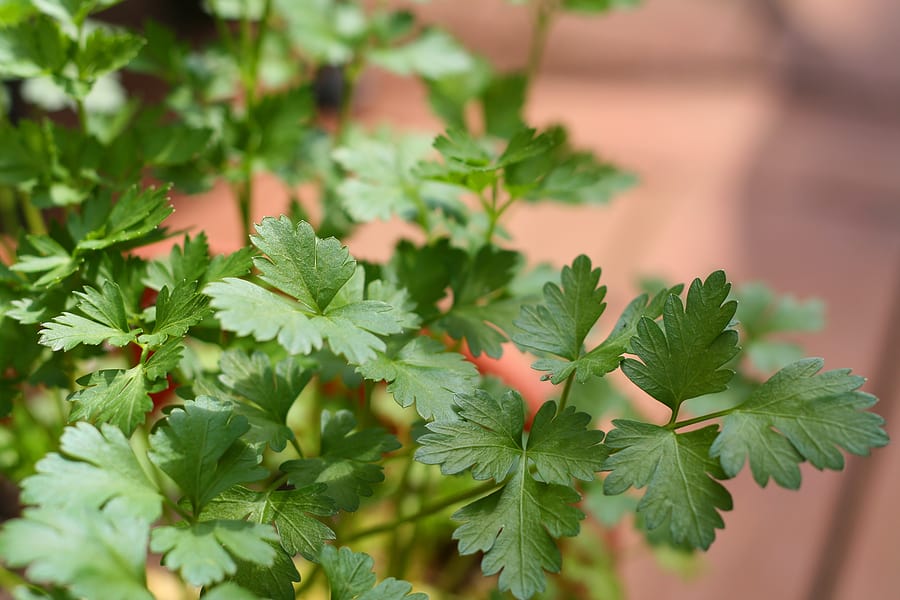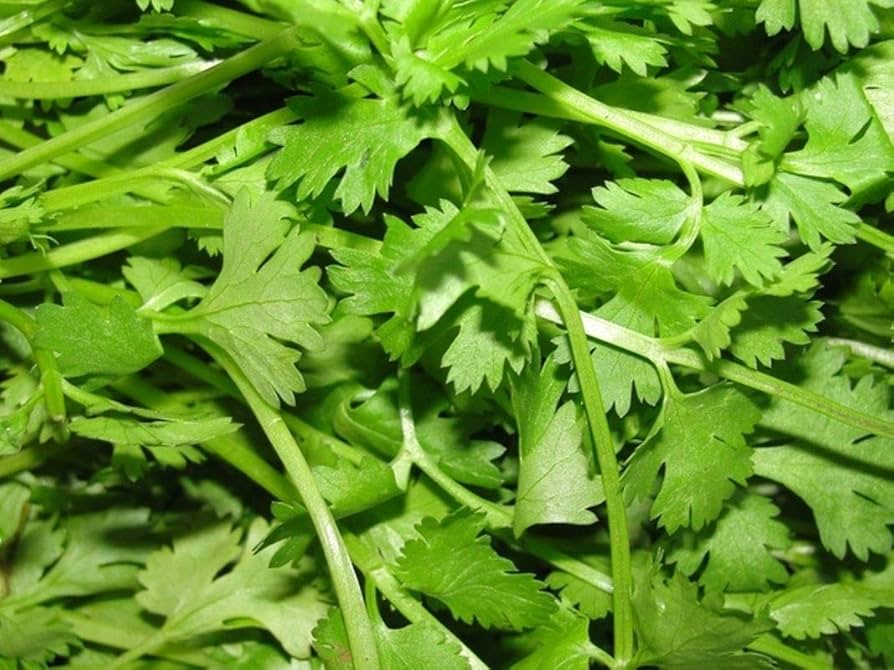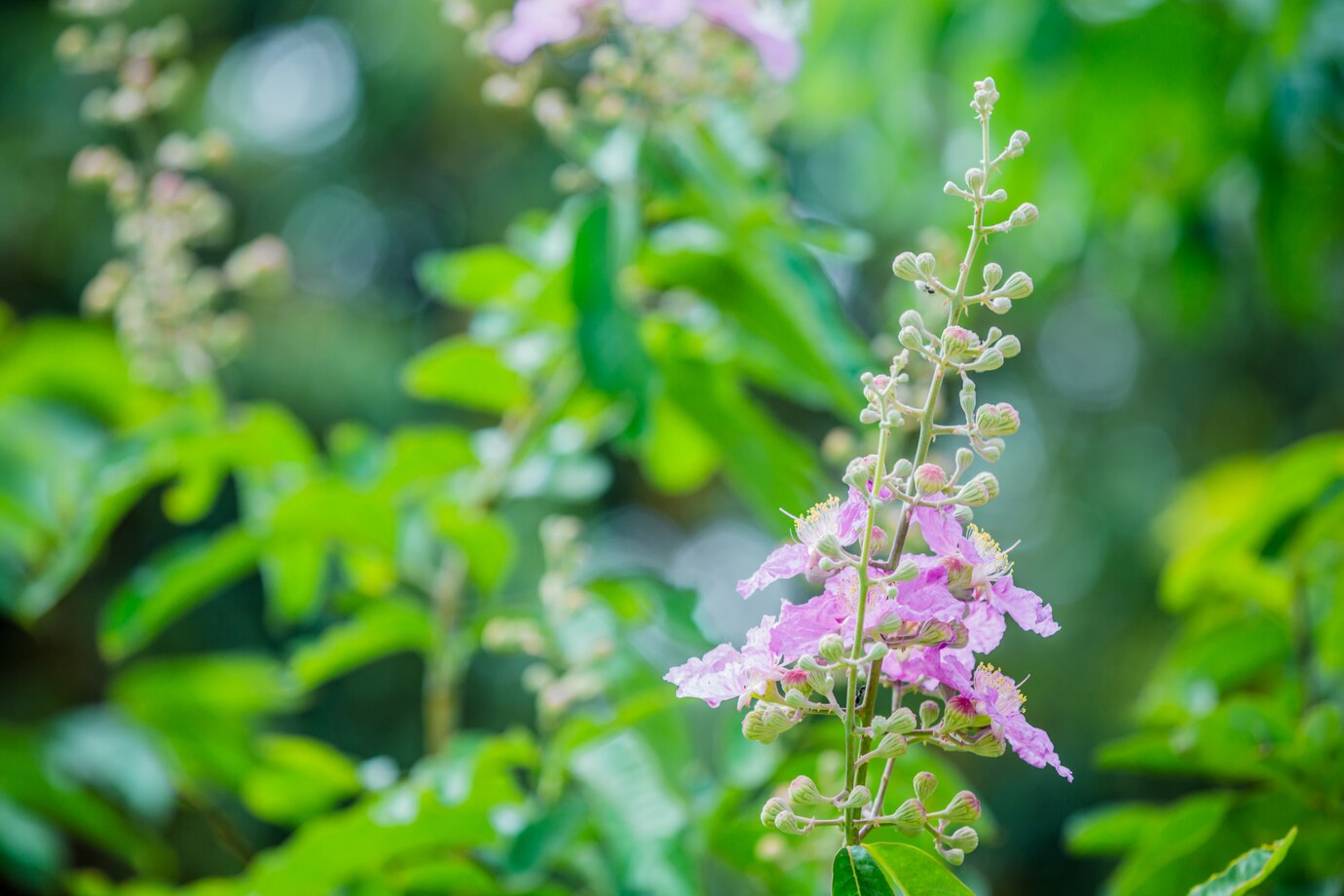Garden sage is a herb that grows effortlessly and adds incredible flavor to your dishes. You can use it to enhance bean dishes, season meats, or toss it into salads for an aromatic twist.
Table of Contents
ToggleAbout Sage
Sage is a hardy perennial with soft, grayish-green leaves that thrive in both perennial borders and vegetable gardens. In spring, it produces tall spikes of purple, blue, white, and pink flowers. While flowering sage attracts butterflies with its blue blooms, it also reduces the oil content in the leaves, making them less flavorful.
Not all sage varieties belong in the kitchen, but Salvia officinalis is the most popular culinary choice. Its name comes from the Latin words salvus (“to save”) and salvere (“to heal”), highlighting its long history of medicinal use. It contains antioxidants that help lower the risk of serious health conditions like cancer. It’s also rich in vitamin K, which plays a key role in blood clotting.
How to Grow Sage
Plant garden sage in well-drained soil with plenty of sunlight. Start annual and biennial varieties from seeds, but young plants grow best for perennials. Many sage varieties thrive in pots, which are a great choice for container gardening. Harvest leaves as needed and trim back perennial types after they finish flowering to keep them healthy and productive.
Where to Plant Sage
Grow sage in flower borders, garden beds, patios, and containers. It thrives in city and courtyard gardens as well as cottage and informal garden settings.
How to Plant Sage
- Plant sage in full sun.
- Use well-draining soil, as sage won’t tolerate wet conditions.
- The easiest way to grow sage is from a small plant. Space them 2 feet apart.
- Sow seeds 1 to 2 weeks before the last spring frost when soil temperatures range between 60º and 70ºF.
- Sage typically reaches 12 to 30 inches in height.
- Grow sage near rosemary, cabbage, and carrots, but keep it away from cucumbers.
How to Care for Sage
Sage is a low-maintenance herb that grows easily. While it tolerates drought, it still needs regular watering until fully established. During extended dry spells, occasional watering helps, but overwatering should be avoided.
For the best growth, avoid high-nitrogen fertilizers, as they encourage weak, soft growth. Instead, use high-potash feeds to promote flowering, enhance flavor, and strengthen the plant.
In winter, covering sage with horticultural fleece protects the leaves from harsh weather, keeping them in good condition for harvesting. This layer of protection is beneficial in very cold or exposed areas.
How to Prune Sage
Over time, sage plants can become leggy, so annual pruning is essential to keep them bushy and full of flowers. Trimming them after flowering helps maintain a compact shape and encourages fresh growth.
Sage does not regenerate well from old, woody stems, so avoid cutting into brown, leafless branches, as this could kill the plant. If a sage plant becomes too old and neglected, it’s best to replace it. Regular pruning each year helps prevent this and keeps the plant healthy.
How to Harvest Sage
- Pinch off leaves or snip small sprigs as needed.
- Harvest lightly in the first year to allow the plant to establish itself.
- After the first year, leave a few stalks intact to help the plant rejuvenate.
- Once fully established, a sage plant can be harvested up to three times per season.
- Stop harvesting in the fall to allow the plant to prepare for winter.
How to Store Sage
- Sage tastes best when fresh but stores well when frozen or dried.
- To dry it, hang sprigs in a shady, well-ventilated spot and let them air dry until the leaves crumble easily.
- Store the dried leaves in tightly sealed jars. For better flavor retention, freeze sage instead. Lay leaves or stalks on a tray to freeze before transferring them to a zippered bag or container. Some cooks blend sage with oil, freeze the mixture in ice cube trays, and store the cubes in a container for easy use in cooking.
Cooking With Sage
Here comes the fun part if you love cooking straight from your garden!
Sage adds flavor to a variety of dishes, including stuffing, casseroles, and soups. In winter, enhance its flavor by placing the leaves in a strainer and pouring boiling water over them. It releases the volatile oils, making the leaves more aromatic and flavorful.

